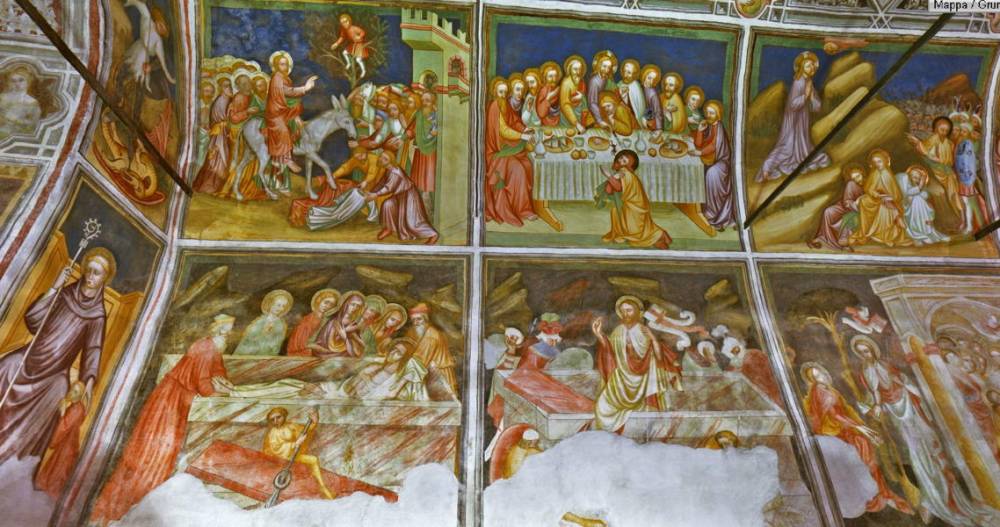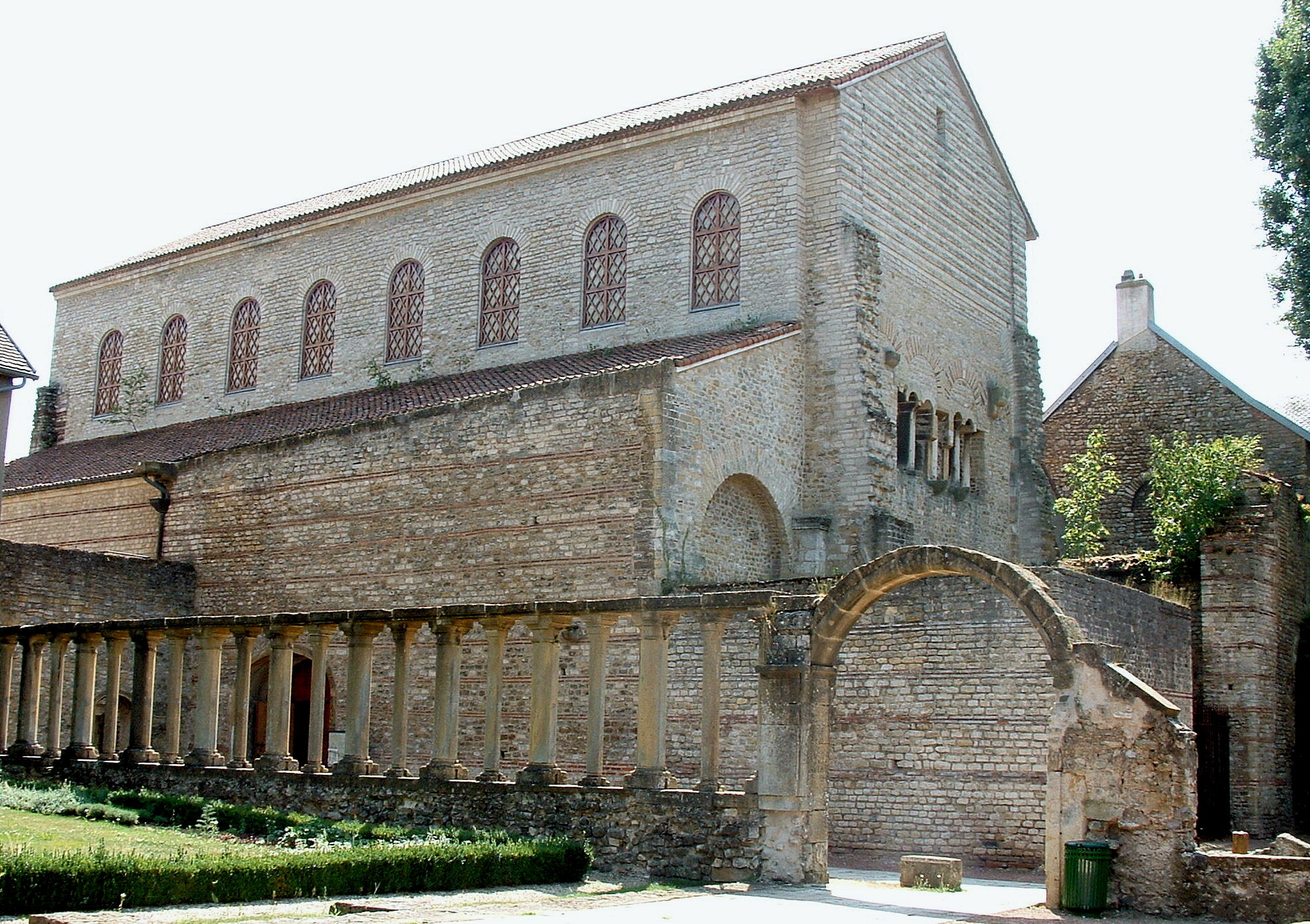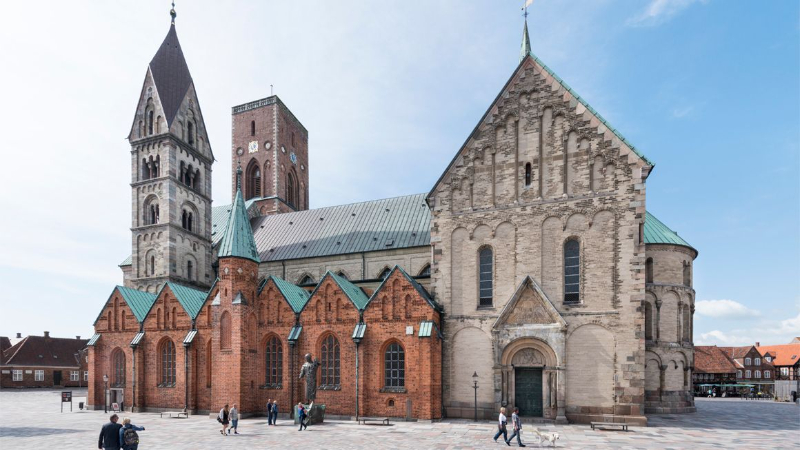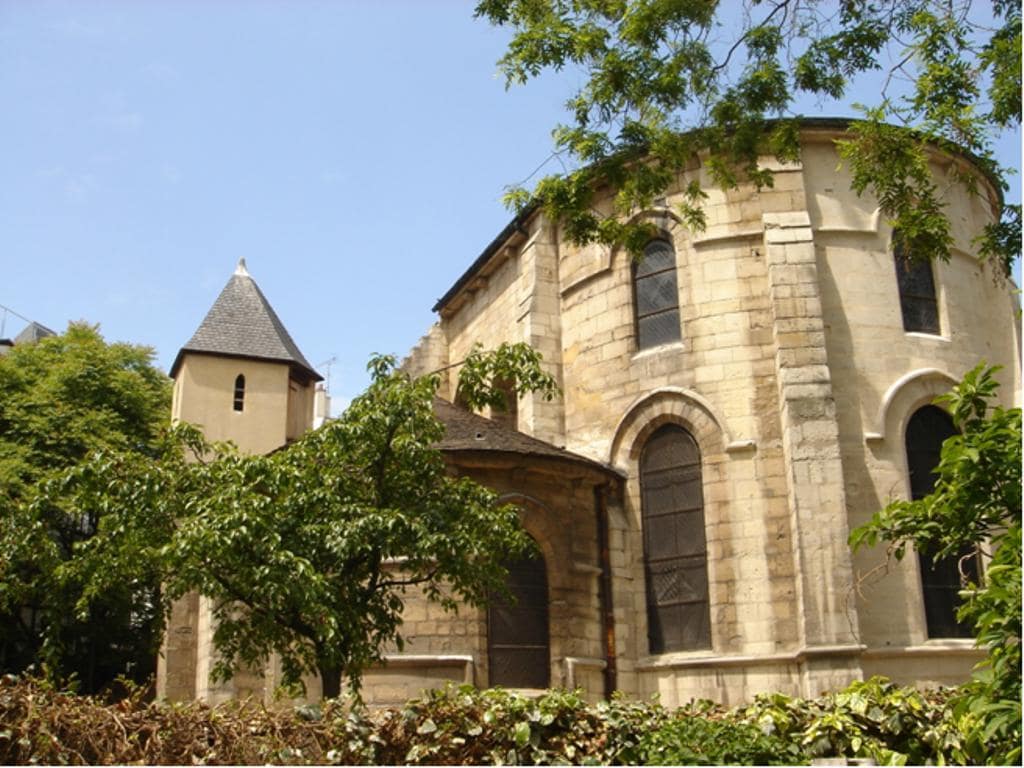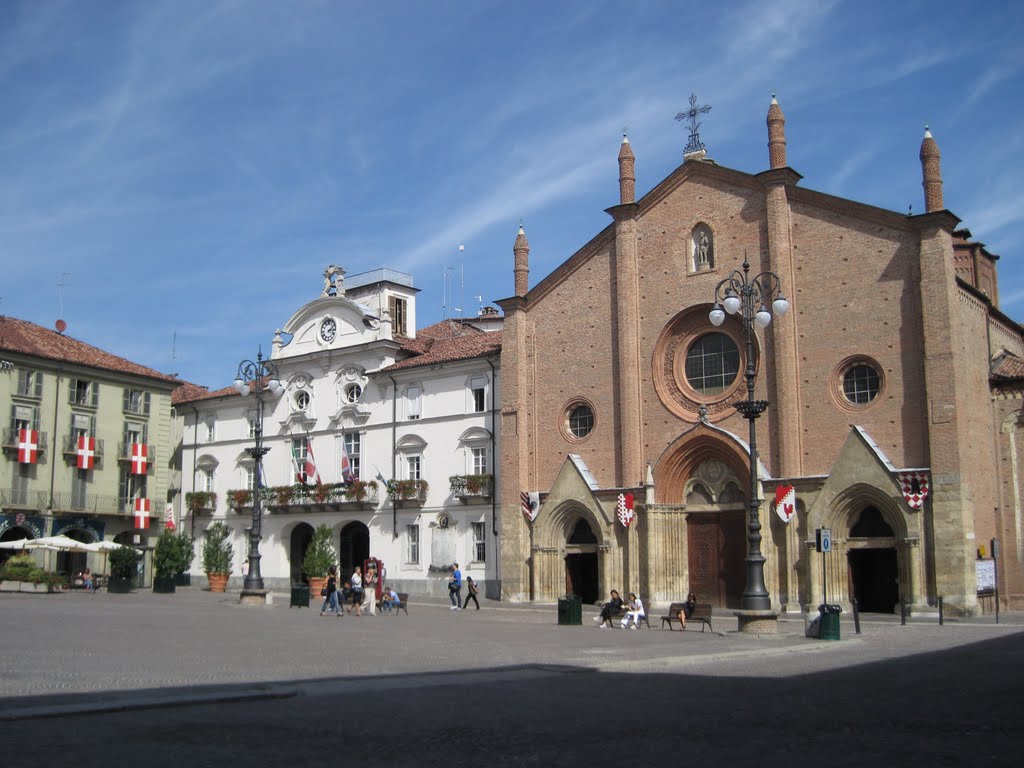In 1335 Bartolomeo di Giacomo raised the first three floors of the bell tower, which was completed in 1498 by Antonio da Lodi, who built the tower’s belfry and its crowning in the form of an octagonal temple. In the late 1500s and early 1600s Archbishop Matteo Saminiato restored the church and had the Baptismal Font made of Verona porphyry executed in 1599. In 1703 a devastating earthquake caused the spire of the bell tower to collapse. Between 1764 and 1770 Archbishop Francesco Brancia completely transformed the Church, giving it its present appearance. The decoration of the vault was done in the mid-19th century by local artist Del Zoppo.
In the 20th century, architect Guido Cirilli carried out a "design in style" of the entire religious complex. The first phase of the work, in the 1910s, mostly involved the insulation of the bell tower and its consolidation. He then created a covering for the building by imprisoning it in a masonry enclosure that left none of the parts of the previous construction visible. He united the body of the cathedral with the bell tower by designing a ghimberga portal above which the front of the facade rises. He integrated the bell tower by reconstructing the spire. Between 1970 and 1976, restoration and consolidation work was carried out on the entire property bringing to light the early medieval structure of the crypt destroying the Baroque decoration, due to the intervention of then Superintendent Mario Moretti.
In the Presbytery and the Secretariat are fine canvases by Saverio Persico, a brilliant follower of the 18th-century Neapolitan painter Francesco Solimena; the major altarpiece in the Presbytery depicts the Incredulity of St. Thomas, while the canvases in the Secretariat "the washing of the feet" and "the Last Supper." A Persico canvas is also present in the Chapel of the Immaculate Conception erected by Archbishop Nicholas Sanchez de Luna (the altar to the left of the transept). Interesting is the presence of another pupil of Solimena: Ludovico de Majo whose canvas we find in the Chapel dedicated to St. Gaetano (the altar to the right of the transept). Of note is the valuable wooden choir executed in 1769 by Ferdinado Mosca, the greatest carver from Abruzzo .
The Crypt of the Cathedral of San Giustino has an irregular plan that is divided into six small naves of two bays each. To date it appears to be made entirely of brick with stone elements only in the capitals of the columns and in the bundled piliers. In the crypt are preserved fragments of frescoes referable to the 14th and 15th centuries and a marble ark in which are kept the relics of St. Justin, patron of Chieti and the city’s first bishop, commissioned in 1432 by Bishop Marino del Tocco.
Today’s image of the Crypt is the result of restoration work carried out between 1970 and 1976, by which its early medieval structure was brought to light by destroying the Baroque decoration, due to the intervention of then-Superintendent Mario Moretti. Moretti had all the Baroque stucco decoration detached in order to recover the ancient medieval layout of the building.
Adjacent to the Crypt is the Chapel of the Archconfraternity of the Sacred Mount of the Dead, a remarkable example of Baroque with grandiose gilded stucco work expertly forged by the Lombard stucco artist Giovan Battista Giani, a master of the finest hand and of great importance for this type of decoration in our region. The whole decoration of the chapel turns out to be highly symbolic and emphasizes what are the dictates of the work of the Archconfraternity. The precious altarpiece is the work of Paolo De Mattheis, an artist of the Neapolitan school of Solimena, and depicts a Sancta Maria succurre miseris, rendered with ample drapery and precious pastel colors; note the Blessing Child standing on a cushion on the Virgin’s legs, who turns his gaze, and thus his blessing, to the viewer; while the Madonna turns to the souls below.
The Chapel is still owned today by the Archconfraternity of the Sacred Mount of the Dead of Chieti, an important and very ancient congregation that takes care of and guards the rites of the Good Friday Procession.


